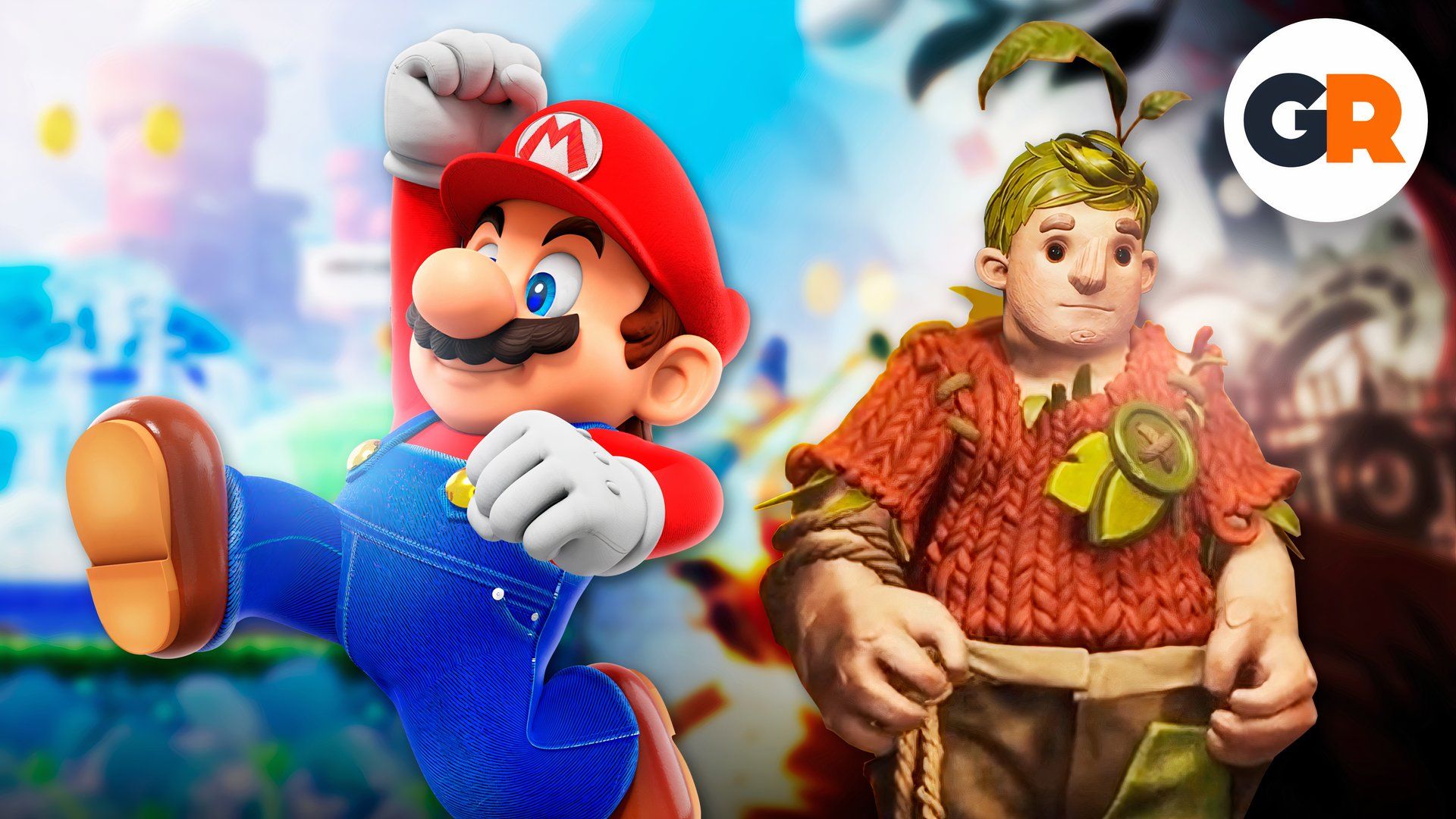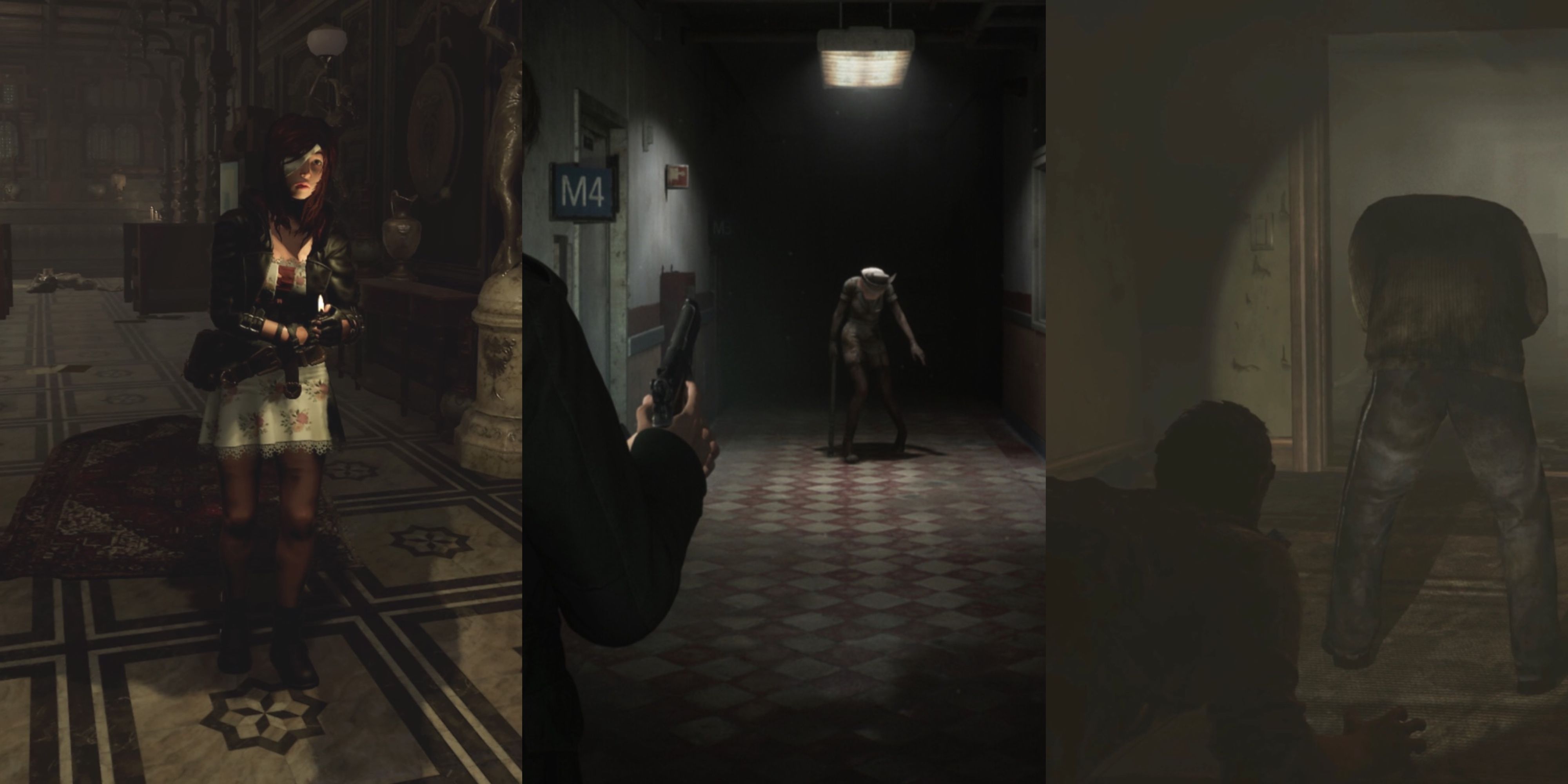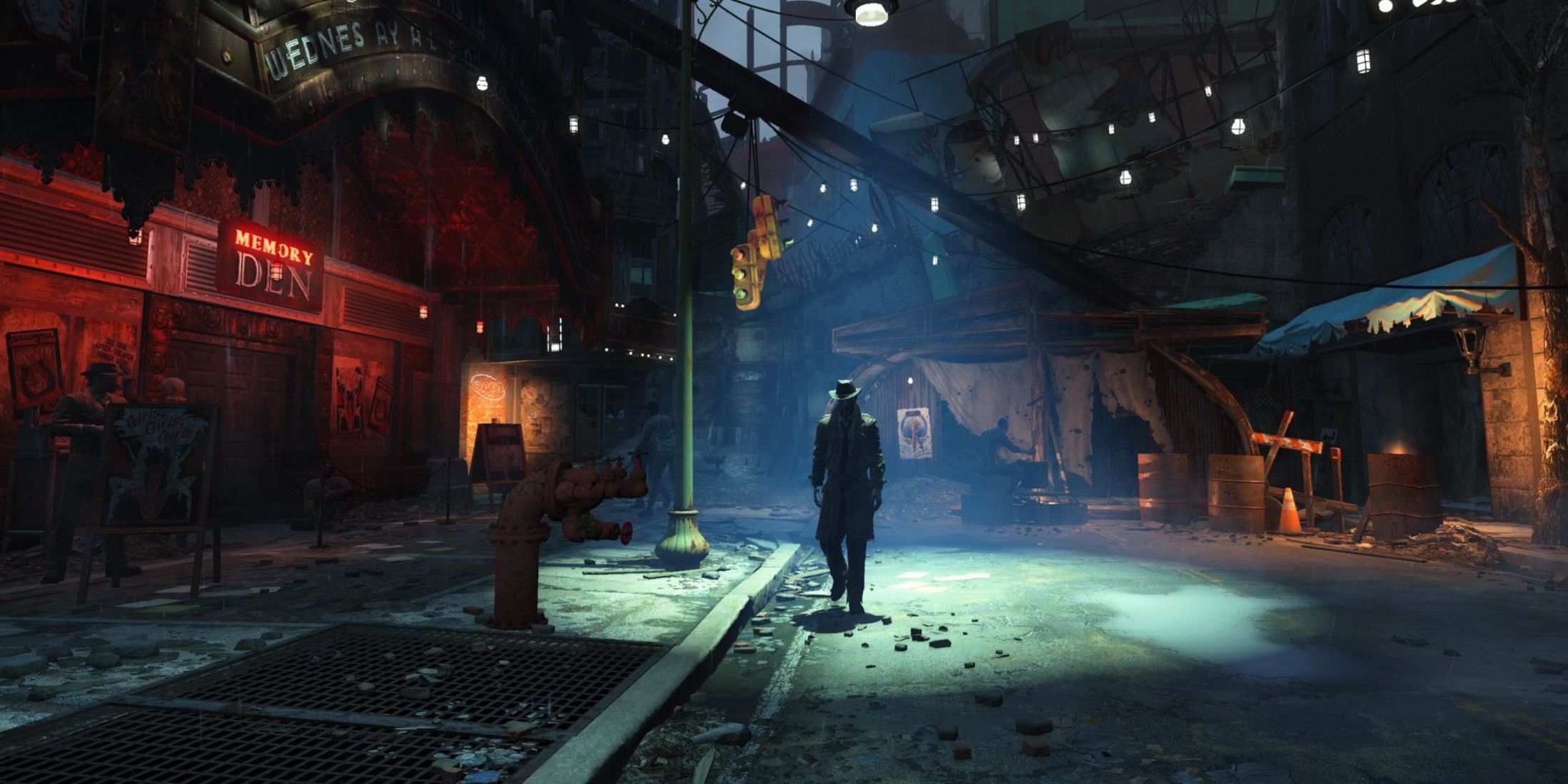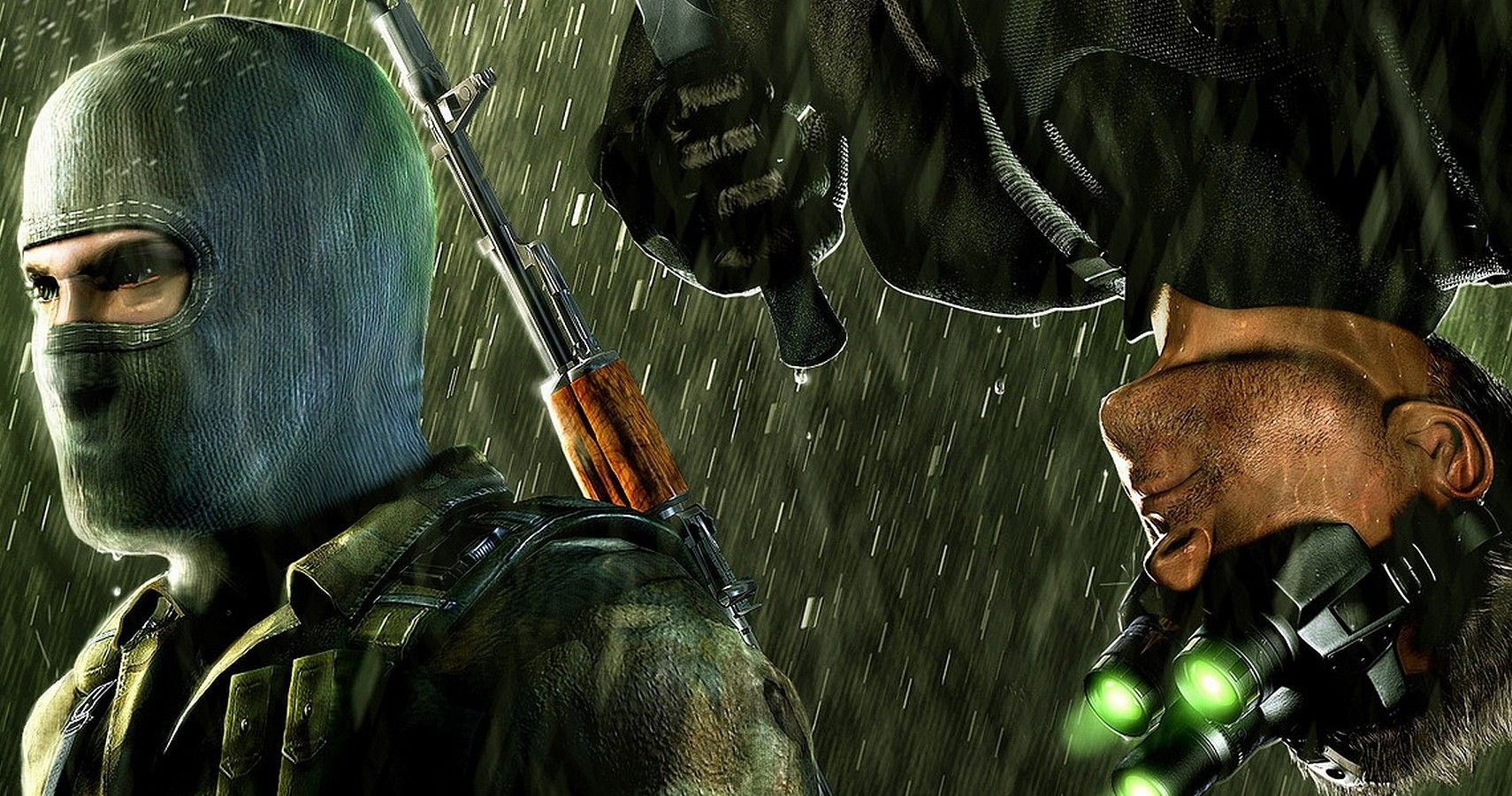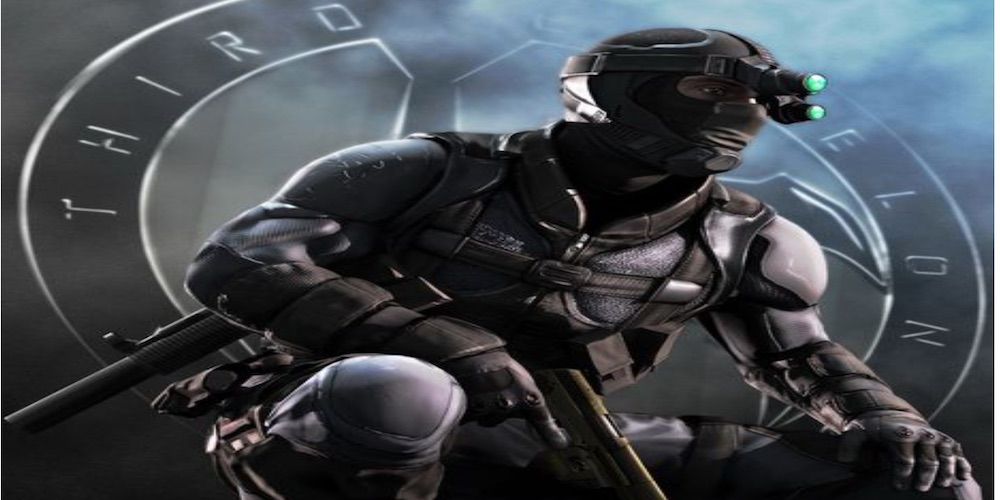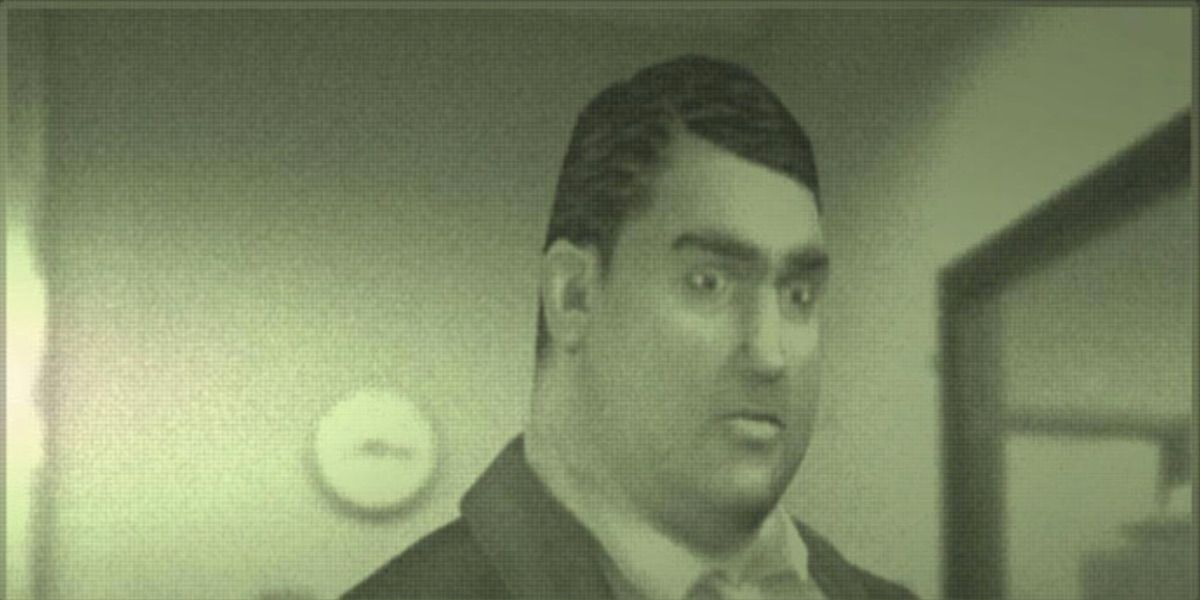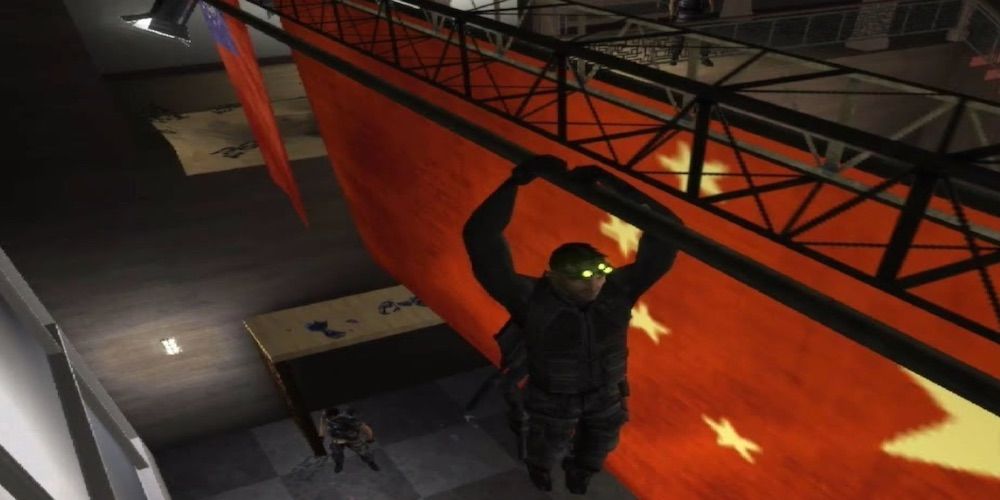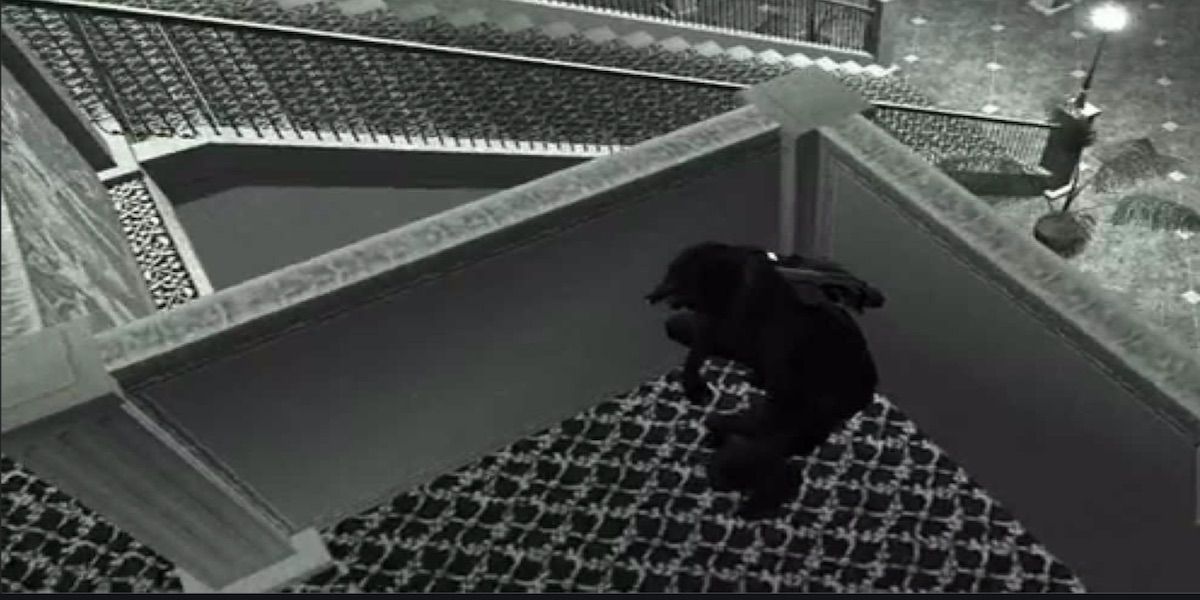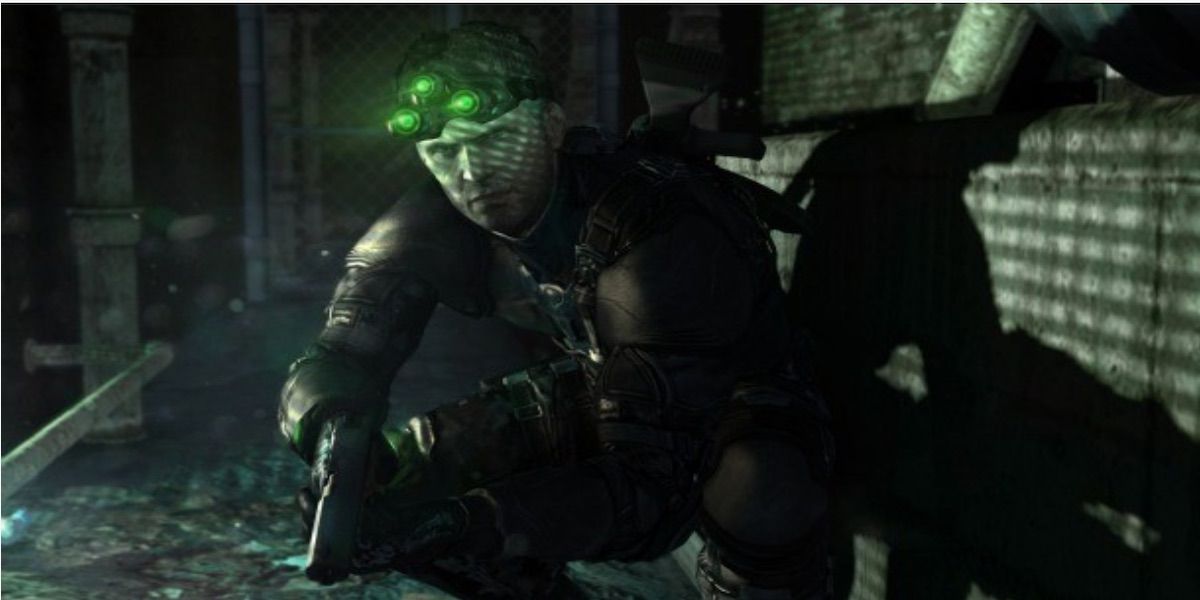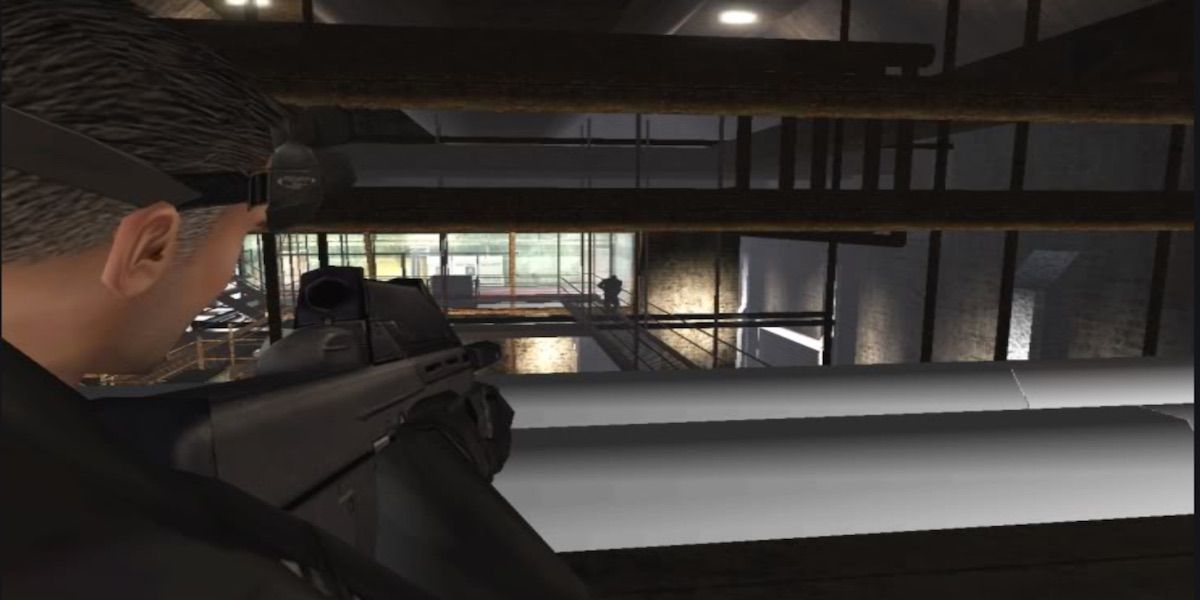The Splinter Cell games allow players to enjoy diving into a world of both advanced technology and action. However, there are some aspects of the game that do not entirely make sense. Players control stealth expert Sam Fisher as he works as an agent for the National Security Agency (NSA). He battles his way through the game as the leader of a program called Splinter Cell.
Sam uses his technological intelligence, skillset, and companions to stealthily maneuver through secret missions such as Third Echelon. Fans know that they cannot miss a beat or else Sam is in danger. Throughout this intriguing game franchise, however, there are strange narrative flaws that can confuse players. From conspiracies that don't add up to improbable luck, here are ten things from the Splinter Cell games that don't make sense.
10 The Games' Original Setting
Splinter Cell's plot originally takes place in the future with more of a retro scene, since the story was set just a few years after the first game was released in 2002. This meant that some of the technology in the game's version of 2004 was either way too advanced or simply impossible, while the global politics of this alternate history were a lot different compared to what really happened. This sounds like a really cool concept that gamers would love, right? Wrong.
Criticisms claimed that the overall concept was beyond its time and that it does not have enough spirit. Eventually, this original setting is discontinued, and the developers reworked Splinter Cell into a more contemporary and grounded stealth-driven shooter. In hindsight, the criticisms of the original world don't make sense. It seems like the original vision was very rich and creative and a game-world that players can immerse themselves into. Hopefully, the developers bring back the original setting and heightened present for a future installment.
9 Third Echelon's Timeline
In Sam's first mission, he travels to Georgia to conduct an investigation about two missing agents from the CIA. But according to Checkmate, this is actually Sam's second mission. Checkmate is one of the prequel novels in the series and it claims that Third Echelon first existed around 1990.
However, the Splinter Cell game claims that Third Echelon was first formed some time in 2003. Therefore, Sam is actually a member of The Echelon much earlier than the beginning of the game. Why can't the prequel story coincide with the game a little better?
8 Anna's Unstoppable Hacking
Kombayn Nikoladze, the president of Georgia, goes missing and Sam is on the lookout. Anna Grímsdóttir, an expert in technology for Third Echelon, helps Sam with the search. Sam locates Kombayn's office, and Anna uses a satellite to hack the computer. The enemy realizes that someone is hacking the office, so they cut off access and alarms start surging throughout the building.
Despite this, Anna continues to hack in again and gains access to the computer. It's great that Anna eventually gains access for the sake of the mission and the game itself. However, her ability to continue hacking after her access is cut off does not make sense.
7 Sudden Plane Malfunction
Sam is in an oil rig because he is trying to gather information from the NSA. The problem is, the enemy tries to bomb the rig by sending planes so Sam has to work fast. Sam and Anna eventually download the data they need onto a laptop so the enemy cannot access it.
They hop on a plane and leave the oil rig but as they are looking over the data, the plane randomly malfunctions. And yet, the pilots are able to prevent the plane from crashing. This convenient save on the pilots' part does not really make sense and players could've done without this random bit of tension.
6 Mitchell's OCD
Sam and Anna are suspicious of a potential mole working for the CIA. They track the leaked data to Mitchell Doughtery's computer, so they wait until he leaves to gain access. Sam sneaks up behind Mitchell as he is smoking outside and knocks him out. Sam and some of his helpers begin to interrogate Mitchell for information about the leaked data. Mitchell tells them that he knows nothing about it.
However, he transported the data onto another laptop with easy access due to his Obsessive Compulsive Disorder, which Sam recovers. Since when does OCD force people to randomly transfer data onto another laptop and make themselves vulnerable to hackers?
5 General Kong's Suicide
Sam overhears a conversation between Kombayn and Kong Feirong, the Chinese General, and it turns out that they are in cahoots with one another. Sam worries that a war is going to break out so he does what he can to try and stop it. Eventually, he finds Kong in his office ready to end his life instead of following through with his plans.
Sam needs Kong to access potential evidence on his computer, so he tries to stop Kong from killing himself. He forces Kong to unlock his computer and gets the evidence that he needs and Kong still kills himself. The game's decision for Kong to end his own life makes no sense. They couldn't at least fight after all this?
4 The Ark Key Bargain
Sam is searching for the Ark because he knows that it is important enough for Kombayn to hide from him. He figures out that it is in Kombayn's palace so off he goes. He sneaks into the palace an discovers that the Ark is some kind of atomic bomb. Yikes!
Suddenly, a group of enemies arrive and corner Sam with guns. Sam decides to make a bargain with them: if he gives the key to the Ark to the enemies, he can be set free. So, the enemies take the key and continue to corner Sam. A blackout eventually saves him and he escapes. For someone has smart and stealthy as Sam, it does not make sense that he makes this bargain. Every game needs intimidating moments, but this bargain is not the move.
3 Console Exclusive Levels
Many players use different platforms to play Splinter Cell, and most platforms have their specialties. The problem is, Splinter Cell contains many exclusivities that do not make sense for fans who want the full experience.
For example, the 2002 Xbox version contains three levels that are exclusive to the console. The version for PlayStation 2 has some different content as well as a PS2 exclusive mission. Furthermore, the 2003 GameCube port provides exclusive resolution for the game. It is one thing for different platforms to have varying features to entice purchases, but it does not make sense to make these features so drastic. What happens when fans who use Xbox want to play the exclusive mission from PS2?
2 The Presidential Election
The original game begins in 2004, when George W. Bush is the president. However, Bush is not in the game and nobody mentions him. A president named Bowers is in the game, and he fails to talk about Bush throughout the entire game as well. Given that Splinter Cell is still grounded in reality despite its heightened history and technological leaps, Bush's sudden non-existence doesn't add up.
The only way this makes sense is if players assume that Bower is the president for the term before and during the game's timeline, conveniently leaving out someone as politically important as Bush. It remains a mystery as to why the choice of the presidency in the game is inaccurate.
1 Philip Masse's Death
One of the levels in the game is the Kola Cell, and this mission is set in 2005. Here, computer expert Phillip Masse helps Third Echelon detect a suspicious cell in a Russian factory. The only flaw here is that Phillip Masse is dead. That's right; actual data is brought to light that the Kola Cell mission takes place in 2004 and that Phillip Masse actually dies in 2004. So how exactly is a dead man helping Sam Fisher out?
Fans can make sense of this fact by assuming Phillip is the ghost during this mission, or they can accept the fact that this is a pretty major oversight in the game.

